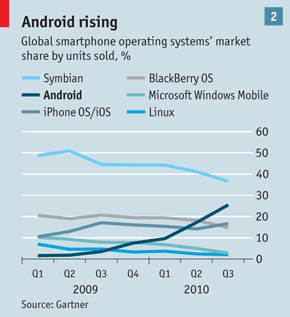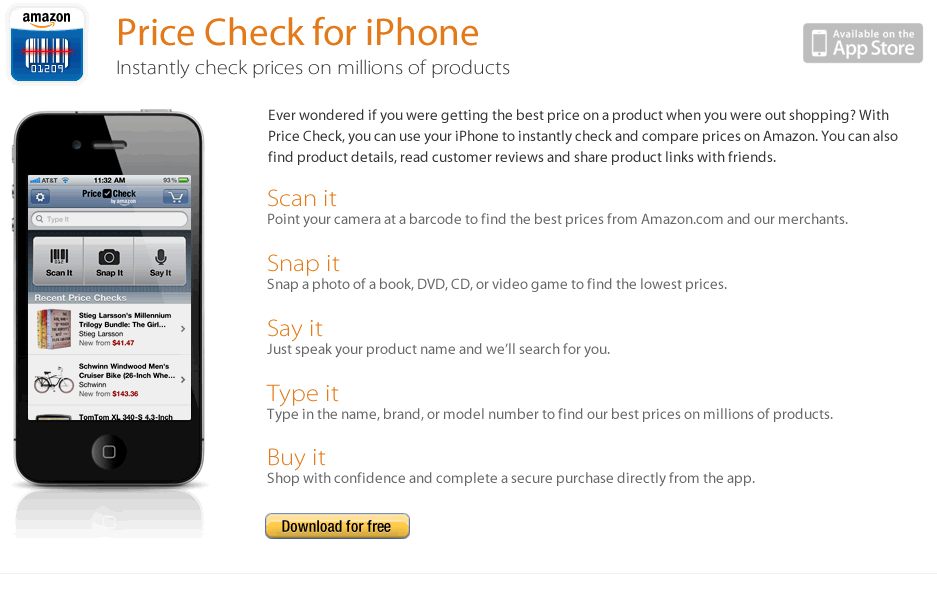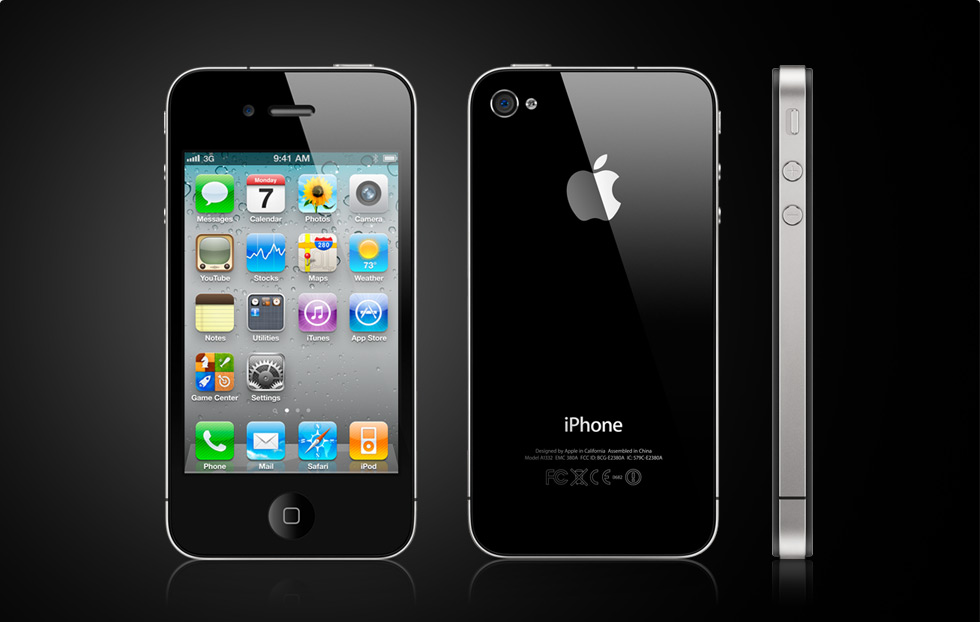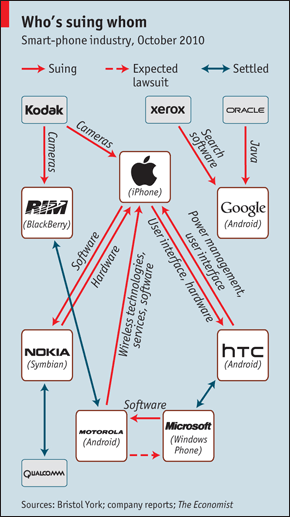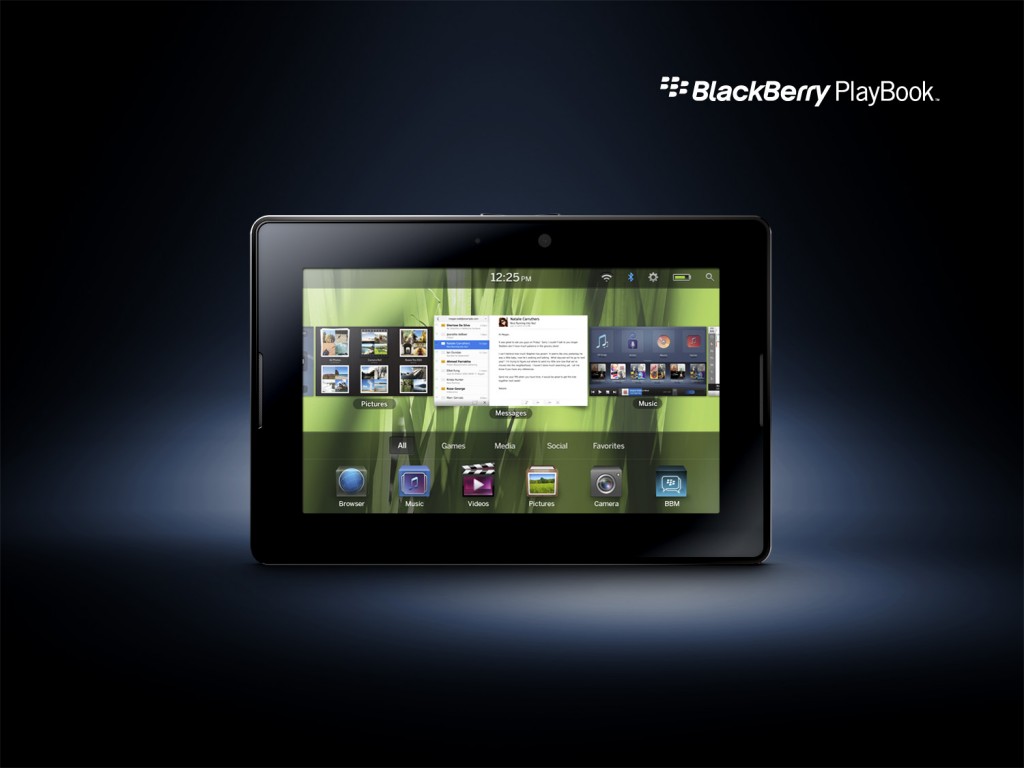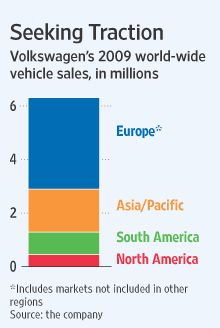http://www.economist.com/node/17633138
This article from the Economist chronicles some of Google’s biggest successes and problems. Although the article does not refer them specifically, we can derive two major concepts from class:
1) Strategy
Google derives the vast majority of its revenues from search-based advertising, just as Microsoft derives its revenues from Windows and Office. While Google remains a highly lucrative company, its stock prices have remained relatively stagnant (though not as stagnant as Microsoft’s) because investors worry about a lack of revenue streams for future growth. Youtube
However, Google’s diversification strategy is beginning to bear fruit. Its smartphone operating system, Android, has gobbled up 26% of the world market after only 2 years since its introduction. Youtube, which was purchased by Google several years ago, has a promising future ahead as mobile advertising gains momentum. (What do you do on a smartphone? Play games and visit Youtube!) Other projects, such as power generation and self-driving robocars, may have far-reaching consequences for the future.
2) Scale
While economies of scale certainly allow companies to minimize per unit costs, at a certain point, these cost savings will be overshadowed by the inefficiencies of a bloated corporate bureaucracy. Recently, Google has seen some of its best people migrate to other firms such as Facebook. These people complain that Google’s bloated bureaucracy is paralyzing decision-making and destroying its quirky and innovative culture. Google has responded by making multi-million counteroffers for leaving employees, increasing all employee pay by 10%, and giving business units more autonomy over their operations. Let us hope these measure will be enough.


